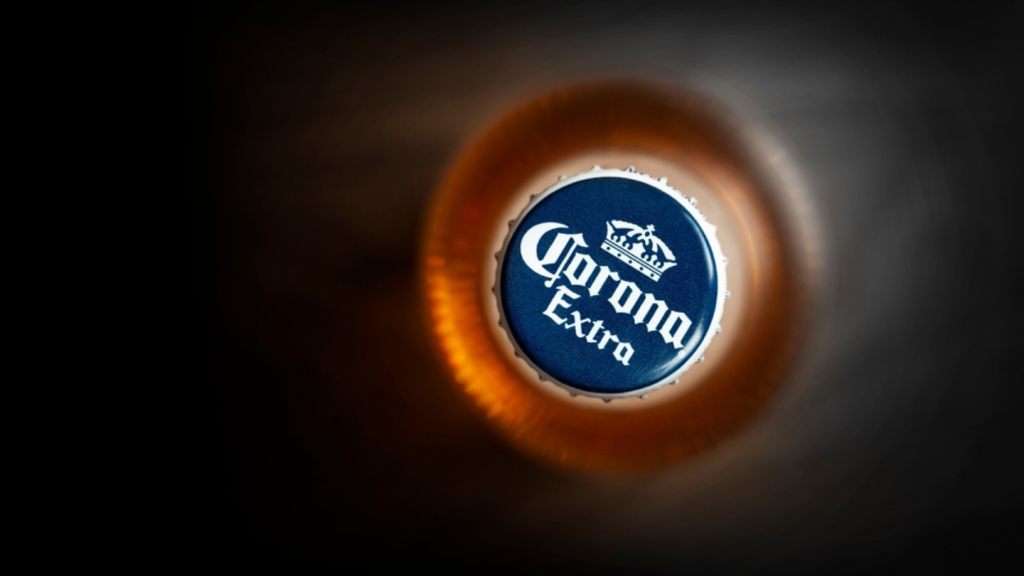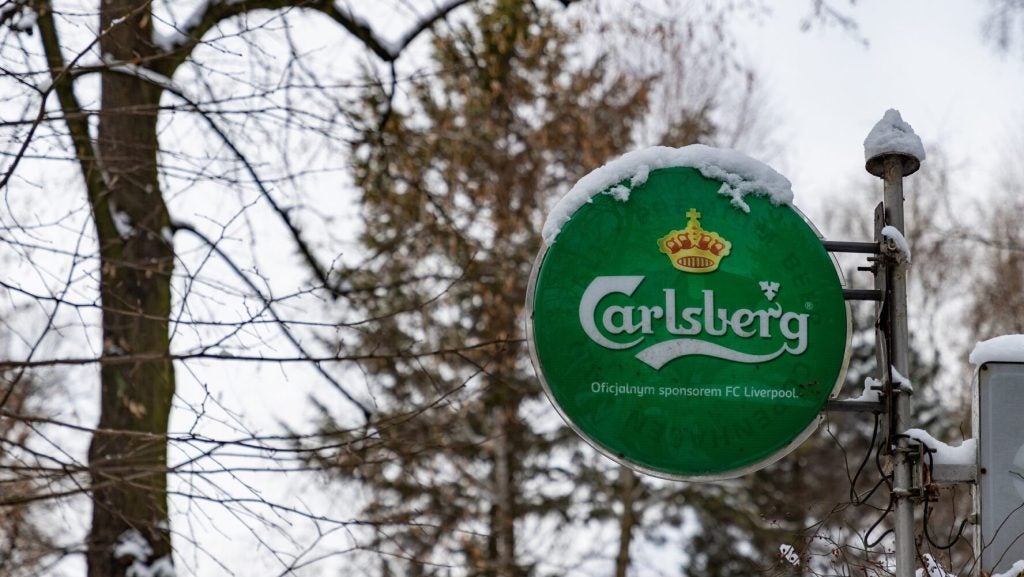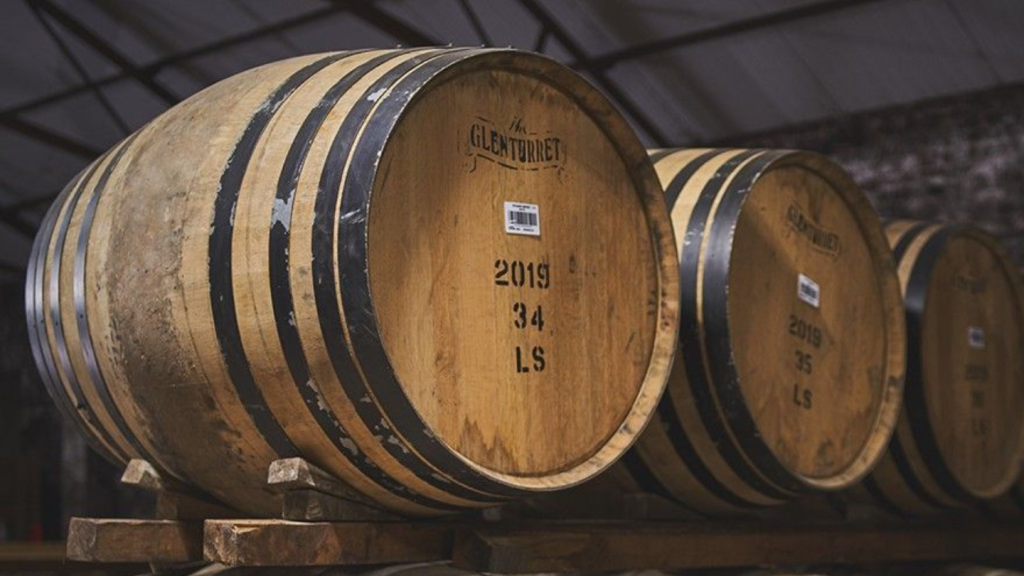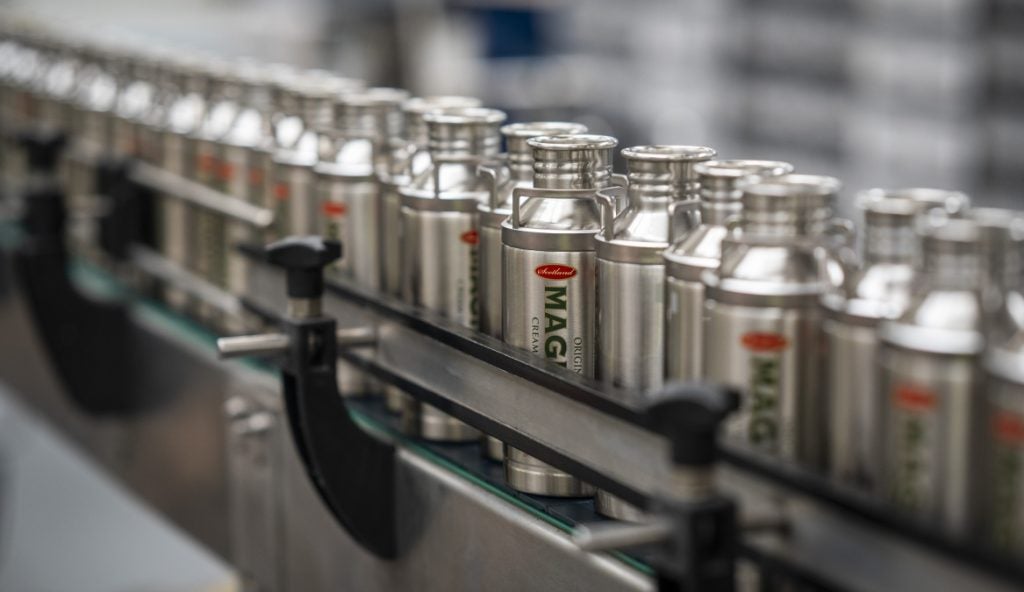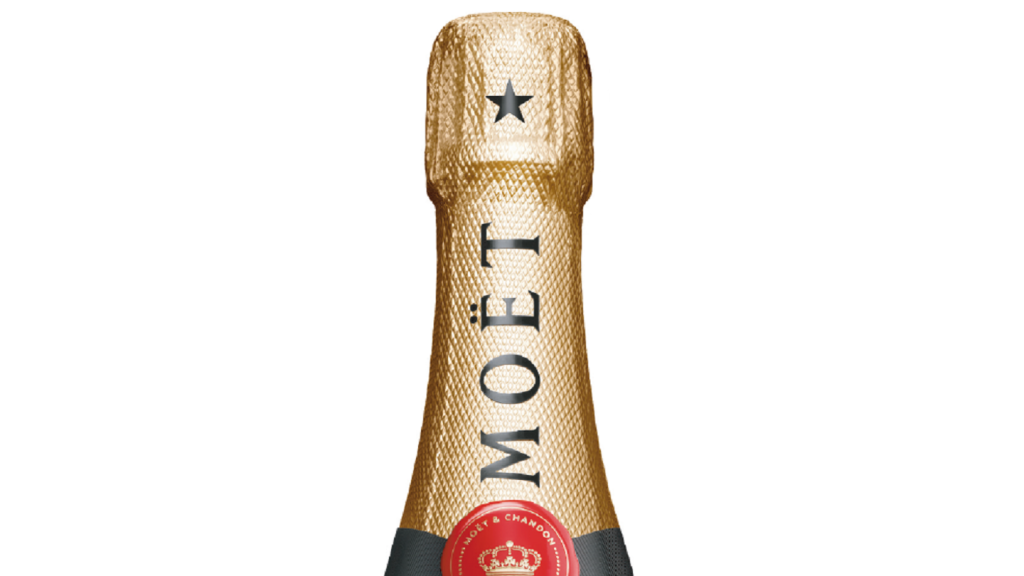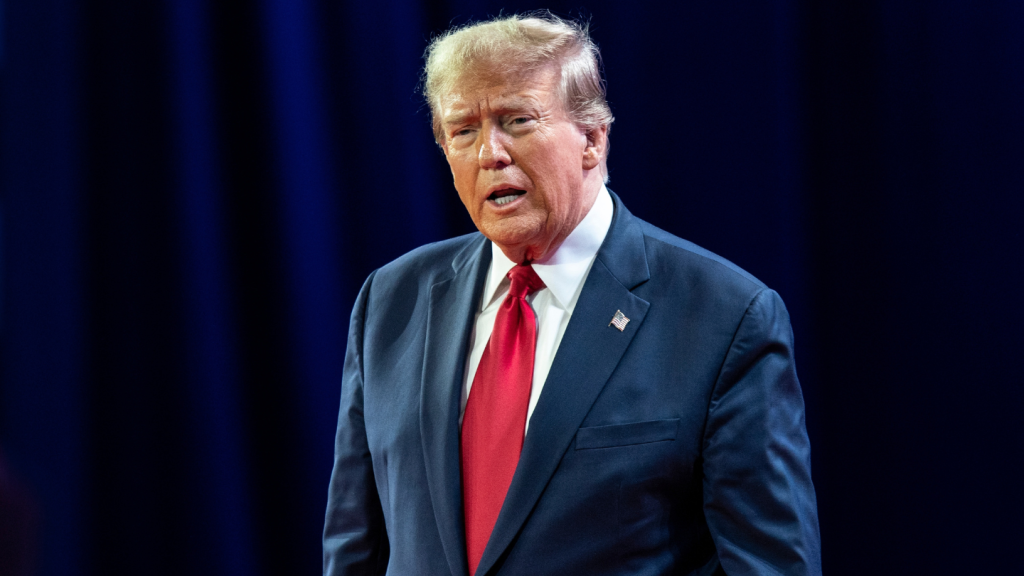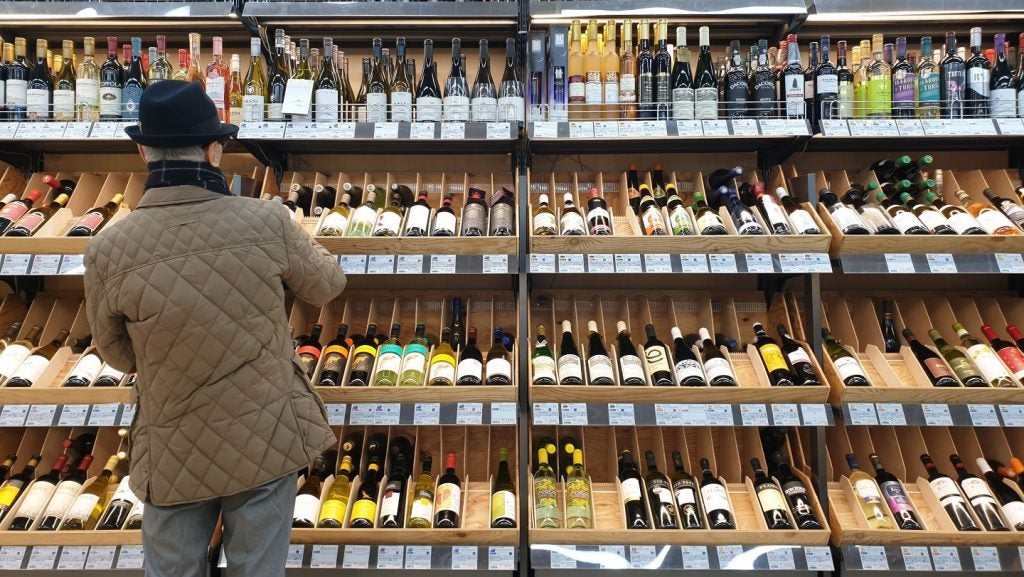Saicho is a UK cold-brewed, sparkling-tea brand aiming to fill a gap in the non-alcoholic beverage market.
It's three-strong range of single-origin carbonated teas come in 75cl bottles with an RRP of £17.99 ($22.86) and ‘mini’ 200ml single-serve bottles. They can be drunk alone or mixed into cocktails.
Charlie Winkworth-Smith founded the company with his wife Natalie – who he met during their PhD in food science and who can’t drink alcohol – just before the pandemic.
Having survived Covid, Brexit hangovers and ensuing global economic turmoil, the couple are on a mission to double production every year and forge a tea segment within the LoNo category.
The UK brand is “very export focussed”, launching first in Hong Kong and now also available in Singapore, Japan, Korea and China.
Though sitting at a high price point, Winkworth-Smith says the brand’s focus on terroir and provenance will appeal to wine or cocktail drinkers searching for an interesting, complex, non-alcoholic alternative.
Jessica Broadbent (JB): Why are east-Asian countries a focus for you in export?
Charles Winkworth-Smith (CWS): In East Asia, people already have a really good understanding of tea and [they] value tea. They have bricks of pu'er – a fermented tea – that can be [sold for] hundreds of thousands of pounds, so people understand that tea can be really high quality and often it's used as a gift.
So when we launch and we've got a bottle at £20, there's less of that education barrier. Whereas in the UK, the vast majority of people drink builders' tea, which is really cheap. We're not as used to expensive high-quality tea. So there’s that extra education piece.
But we’ve found even in the last six months, things have changed. People's awareness about sparkling tea in the UK [has increased].
Almost every country has some sort of tea culture but it's particularly in East Asia where it's really expensive teas.
Just Drinks: So how do you communicate that value to builders'-tea drinkers?
CWS: So the reason why – when we launched and Covid happened – we didn't really get anywhere in the UK, was because we knew that we needed to be in the on-trade first.
Having brand advocates is just so important for us.
We needed to have a sommelier come over to the table and say: “Oh, you're not drinking? Can I suggest Saicho, which is beautiful, single-origin tea that pairs really well with food.”
We need that support. And I think the more that we are in the on-trade, that then trickles through into retail. Having brand advocates is just so important for us.
JB: In countries with strong tea-drinking traditions, how do they perceive a tea that's been made into a sparkling longer drink?
CWS: The place I was most worried about was Japan, where tea is particularly part of the culture. But it's gone down really well there. It's a high-quality product, you're shining a light on really interesting teas. So overall, it's actually been received really well.
JB: How is your split between on- and off-premise?
CWS: The vast majority is on-trade, almost everywhere. In Hong Kong, which is our most developed market, we're now in the high-end supermarkets like city'super, but still the vast majority of our focus is on-trade.
JB: And are you aiming for those premium accounts, hotels doing afternoon teas? What's your strategy?
CWS: Our absolute bread and butter is five-star hotels and fine-dining restaurants. I suppose people [consumers] have more disposable income, but it's more about again, having that extra time or people who are able to explain it.
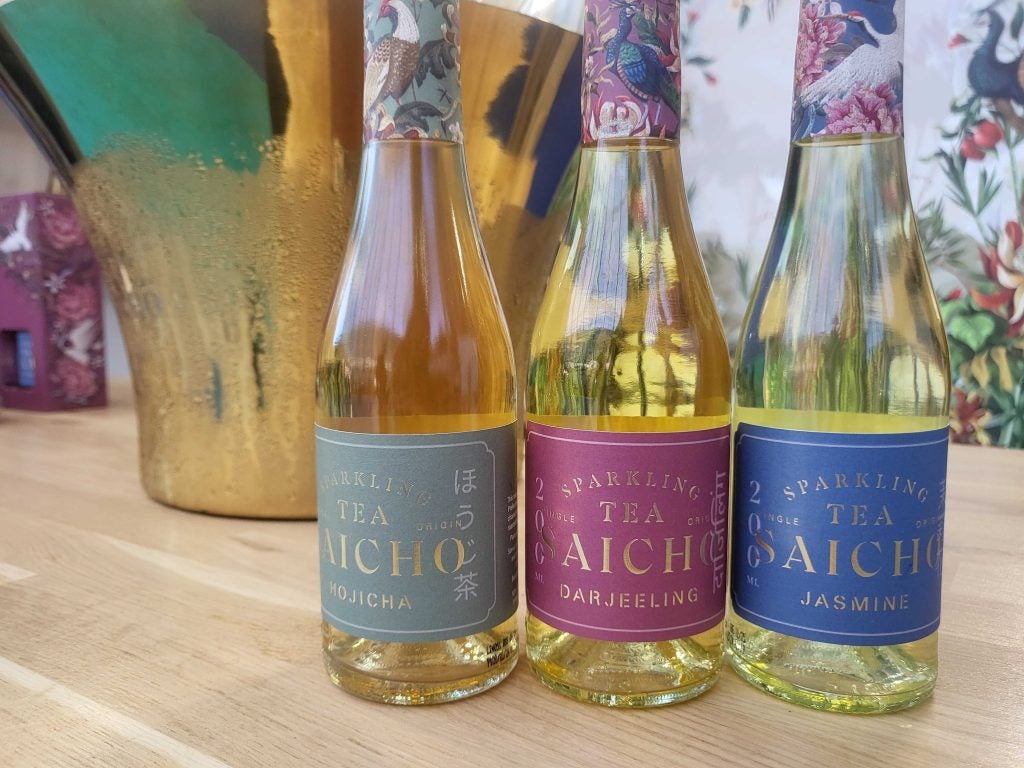
Our signature serve is afternoon tea, I suppose. The Mandarin Oriental, for example, do a paired afternoon tea so for each mini course they bring a different mini bottle for each person.
JB: Tell me about the positioning of Saicho, it looks a bit like a wine?
CWS: When we launched, we had very minimalistic, white labels. And we were very much trying to look like wine. And it was really as we grew in confidence, we realised, actually we want to look different. We’re really proud of being a tea, so we should actually look like a tea.
If you imagine walking into Harrods’s tea department, and you see all of the tea caddies, the caddies will all be the same colour and then they've got these bright labels which identify each of the teas. So that's why we've got the vibrant colours.
It's really important for us that we're not trying to copy wine.
We've got this stencilling which makes you think of tea crates. We've got the gold foiling, which beautiful Japanese tea caddies always have. The bird is the national bird of where the tea comes from, so all about the single origin. Then our name, Saicho – he was a Japanese monk [credited with] bringing tea to Japan from China.
So yeah, we wanted to take as many influences of tea as we could so that when the bottle is brought to the table, it's ‘Oh, it's not wine, it's something different.’ It's really important for us that we're not trying to copy wine, particularly in the flavour profiles.
JB: Are you targeting wine drinkers?
CWS: We would always say that it should be served in a Champagne glass, or a nice wine glass. So it is absolutely fitting into that wine occasion.
(UK LoNo retailer) Club Soda did some research and found something like 90% of all people that buy low-and-no products drink alcohol as well. They’re moderators. And I think that's why tea is really interesting because you don't necessarily have an expectation of what it will taste like.
If you have a non-alcoholic Chardonnay, you think it should taste like Chardonnay. Whereas if you're moderating, so you're used to drinking Chardonnay, and then you come to one of ours, it’s completely different.
JB: Did you think about making Saicho cheaper or doing a lower-tier version of it?
CWS: I wouldn't know how to do it cheaper; tea is really expensive. Yes, we are obviously at a high price point. That's because it costs us loads to produce this stuff.
Really good-quality tea is expensive, and the way we produce it – we're cold brewing for 24 or more hours – is a time-intensive production process as well. So it's just an expensive product to make.
There’s huge opportunity for sparkling tea.
But I think, sitting in that £20 price point, it also comes back to expectations. You're going in thinking: ‘This is the same price as a sparkling wine, it should be as good as.’ If it's really cheap, you think it's probably not going to be as good.
JB: How are tea prices at the moment? Are they suffering like coffee?
CWS: Tea prices have definitely gone up. Climate change is actually impacting tea quite badly. For example, I was just talking to a tea garden that we're working with and they were just saying that for this year's harvest, they're expecting it to be about 40% down from last year just because of different weather patterns.
JB: What country was that farm in?
CWS: Taiwan. But Darjeeling has [also] suffered really badly from changes in the rains. So, tea prices do fluctuate a lot. Good-quality tea prices. The really cheap, supermarket tea is probably more stable. All our tea is hand picked, so obviously there’s a big labour cost and as labour costs go up, tea prices go up as well.
JB: Where do you produce Saicho?
CWS: We produce everything in the UK. We have a manufacturing partner in Shropshire.
JB: Will you look to produce in Asia, seeing as that’s where you buy the tea and export a lot to?
CWS: One day, we'll look to produce in Asia as well. But finding the right facility that we 100% trust is the most important thing. So very long term that's something we’d look to because obviously then we're not having to ship stuff around the world. But finding the right partners is critical.
JB: How are inflationary pressures impacting the business? Are things starting to ease?
CWS: Prices are still going up but it's much better than it was. The biggest impact we had was actually the Ukraine war. We were buying glass, which was made in Ukraine, and energy prices just went bananas. And then all the big companies bought all the glass and then for the little guys there was nothing left. That was really tough. That seems to have stabilised now and things are much better.
CO2 as well. There are only two plants in the UK that produce CO2; last year it went up something like 10-fold over three months because one factory shut down. But it seems everything has stabilised this year.
The Red Sea problems have had a big impact on us; we're now having to send stuff around the horn of Africa. And that's added two to three weeks. So now we're looking at eight-ten weeks to get stock to Hong Kong.
JB: Looking forward, are you optimistic?
CWS: I don't know. I mean, there have been so many events. For us, because we started just before Covid, and then we had the effects of Brexit, then the Ukraine war – we've had so many of these things that I think probably as a brand we're [resilient] because we've had to go through so many crises.
JB: Have you had to put up prices since launching?
CWS: About a year in we put prices up quite a lot because we hadn’t factored in all of the massive increases that happened. I can’t remember exact pricing because we also started with 500ml bottles – we thought it was perfect because you can either have it all yourself or you can share it between two people, but hotels told us we needed a small format and a big format.
The small format is a single serve – we find in little restaurants in particular where they're really worried about wastage so they don't want to open a big bottle for one person not know when the next glass is going to be poured, this single serving is low-risk for restaurants. Also, if they’ve not got much storage space. So this [size] has actually been really important.
JD: Do you foresee further increases?
CWS: I don't know. I hope not. We're scaling pretty quickly, so we're able to find more efficiencies in how we produce so even if prices go up a bit, we can [cover that].
JD: What's your annual production?
CWS: We're growing fast.
JD: What are your growth targets?
CWS: We are doubling every year, in volume and sales.
JD: Are you profitable yet?
CWS: We’re doing alright!
JD: In terms of sustainability, have you looked at light-weight glass? Do you use recycled content or offer refilling?
CWS: We don't [do refills], but everything's fully recyclable and the glass we use is already made from 70% recycled glass. So we try and be as sustainable as we can.
Our bottle is already quite lightweight. Our 750ml bottle is about 550g, whereas a normal Champagne bottle will be 8-900g. So ours is much lower weight than the standard. But you've still got to have a bit of glass there to take that take the pressure
JD: Do you think there's real potential for tea beverages?
CWS: I think it's going be a huge market. I'm sure there will be more teas out there. One of the things I would absolutely love is [if] you go into a restaurant, you've got red wine, white wine, sparkling wine, sparkling tea. There are so many beautiful teas out there. I think there's huge opportunities for sparkling tea.
If you think of coffee 10-15 years ago, it's been an explosion of really high-end coffee beans. I think the same is happening with tea now that people are prepared to pay more for quality.




